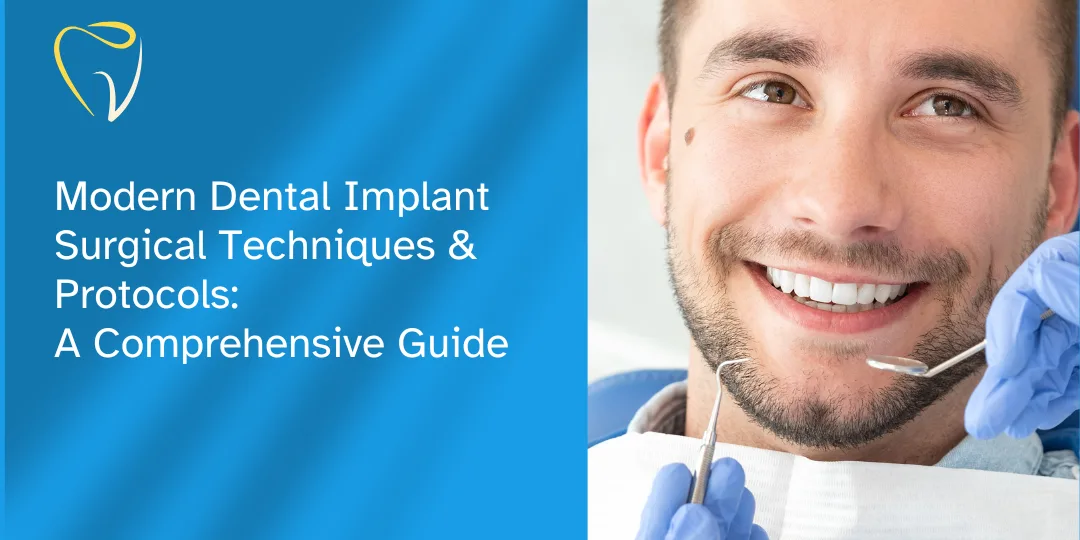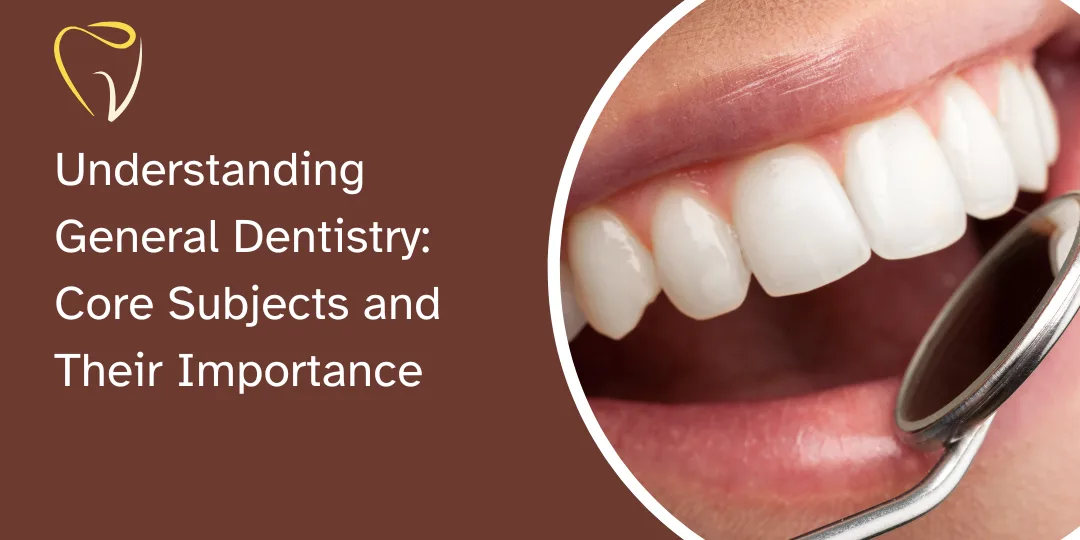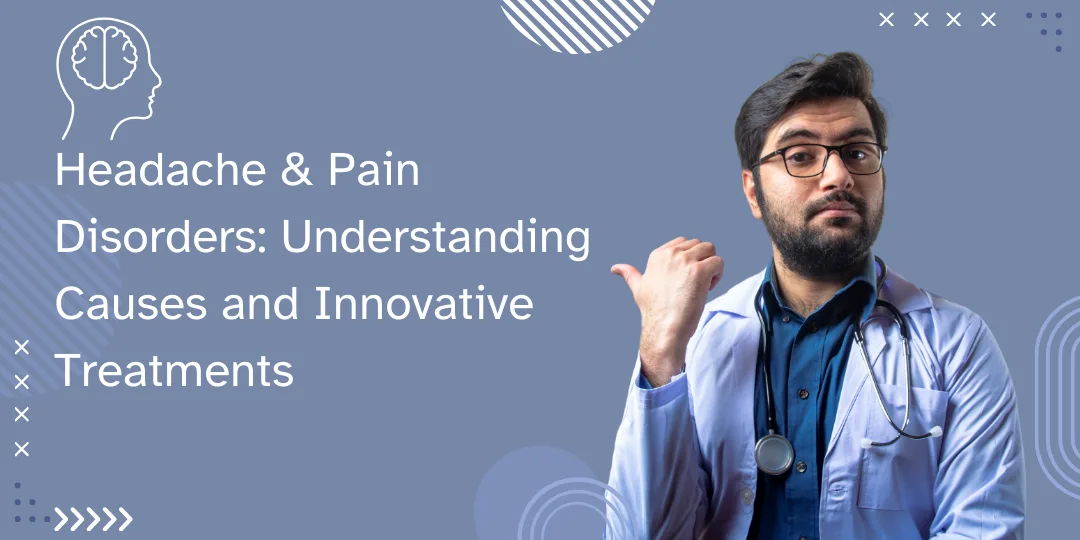Medical tourism is not just a healthcare phenomenon—it’s also a powerful economic driver. In Türkyie, the medical tourism industry has become a significant contributor to the country’s economy, creating jobs, boosting local businesses, and enhancing Türkyie global reputation. By attracting thousands of international patients each year, Türkyie is reaping the benefits of this growing sector while also improving its healthcare infrastructure. Here’s a closer look at the economic impact of medical tourism in Türkyie:
1. The Growth of Medical Tourism in Türkyie
Turkey has emerged as one of the world’s top destinations for medical tourism, thanks to its:
- Affordable Prices: High-quality treatments at a fraction of the cost in Western countries.
- World-Class Facilities: JCI-accredited hospitals and state-of-the-art technologies.
- Skilled Professionals: Internationally trained doctors and healthcare staff.
- Strategic Location: A bridge between Europe, Asia, and the Middle East, making it easily accessible for patients from diverse regions.
In recent years, Türkyie has seen a steady increase in the number of medical tourists, with over 1 million international patients visiting annually for treatments ranging from cosmetic surgery to cancer care.
2. Economic Benefits of Medical Tourism
a. Revenue Generation
Medical tourism is a significant source of revenue for Türkyie economy. International patients contribute billions of dollars annually through:
- Medical Treatments: Payments for surgeries, diagnostics, and therapies.
- Accommodation and Hospitality: Spending on hotels, restaurants, and transportation.
- Tourism Activities: Exploring Türkyie cultural and natural attractions during their stay.
b. Job Creation
The medical tourism industry has created thousands of jobs in Türkyie, including:
- Healthcare Professionals: Doctors, nurses, therapists, and support staff.
- Tourism and Hospitality Workers: Hotel staff, tour guides, and travel agents.
- Ancillary Services: Translators, medical coordinators, and wellness providers.
c. Infrastructure Development
The growth of medical tourism has spurred investments in Türkyie healthcare infrastructure, including:
- New Hospitals and Clinics: Expansion of facilities to accommodate international patients.
- Advanced Technologies: Adoption of cutting-edge medical equipment and digital health tools.
- Transportation and Logistics: Improvements in airports, roads, and public transportation to enhance accessibility.
d. Boosting Local Businesses
Medical tourism has a ripple effect on the local economy, benefiting:
- Small and Medium Enterprises (SMEs): Restaurants, shops, and service providers that cater to medical tourists.
- Wellness and Spa Industry: Increased demand for relaxation and recovery services.
- Real Estate: Growth in the construction of medical facilities, hotels, and residential complexes.
3. Regional Economic Impact
Medical tourism has contributed to the economic development of several regions in Turkey, including:
- Istanbul: The country’s largest city and a hub for medical tourism, with world-class hospitals and a vibrant tourism industry.
- Antalya: Known for its luxury resorts and wellness centers, attracting patients seeking recovery in a scenic environment.
- Izmir: A growing destination for medical tourism, offering high-quality healthcare and cultural attractions.
- Ankara: The capital city, home to specialized hospitals and research institutions.
4. Case Study: The Economic Ripple Effect
Consider the case of a medical tourist from the Middle East who traveled to Istanbul for a hair transplant. The patient’s spending included:
- Medical Treatment: Payment for the procedure and follow-up care.
- Accommodation: A two-week stay in a luxury hotel.
- Dining and Shopping: Meals at local restaurants and purchases from shops.
- Tourism Activities: Visits to historical sites like the Hagia Sophia and Blue Mosque.
This single patient’s spending contributed to the income of healthcare providers, hotel staff, restaurant workers, and tour guides, demonstrating the far-reaching economic impact of medical tourism.
5. Challenges and Opportunities
While medical tourism has brought significant economic benefits to Türkyie, challenges such as competition from other destinations and quality control remain. Opportunities for further growth include:
- Marketing and Branding: Promoting Türkyie as a leading destination for medical tourism through targeted campaigns.
- Quality Assurance: Maintaining high standards of care to attract and retain international patients.
- Sustainability: Balancing economic growth with environmental and social responsibility.
6. Why Medical Tourism Matters for Türkyie Economy
Medical tourism is a key pillar of Türkyie economy, offering:
- Diversification: Reducing reliance on traditional industries like agriculture and manufacturing.
- Global Recognition: Enhancing Türkyie reputation as a hub for healthcare and tourism.
- Social Development: Improving healthcare access and quality for both international and local patients.
Conclusion
The economic impact of medical tourism in Türkyie is undeniable. By attracting international patients, the industry has generated significant revenue, created jobs, and spurred infrastructure development. At the same time, it has elevated Türkyie status as a global leader in healthcare and tourism. For Türkyie, medical tourism is not just a source of income—it’s a pathway to sustainable growth and development. As the industry continues to expand, it will play an increasingly important role in shaping Türkyie future.













0 Comments